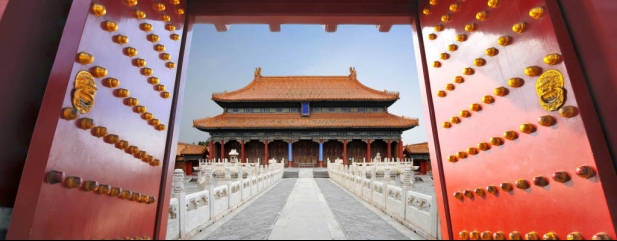Archived article
Please note that tax, investment, pension and ISA rules can change and the information and any views contained in this article may now be inaccurate.
Emerging markets: Views from the experts

1. Inflation concerns in the United States have reemerged as a stimulus-fueled global economy springs back from the depths of the pandemic. The recent shift in the US Federal Reserve’s (Fed’s) tone on inflation reflects the solid demand backdrop that we have observed. Our view is that inflationary pressures will be relatively short-lived. Conversely, experience suggests that the Fed’s messaging around tapering and preparations for such a move are likely to create more market volatility than the actual reduction of bond purchases. The real risk will be abrupt liquidity withdrawal on expectations of rate rises and the end of unprecedented stimulus, which could bring about more market caution.
2. Across major EMs, technology’s role as a key economic engine has only strengthened during the pandemic. As technology has advanced, semiconductor chips have become a growing part of almost all consumer goods with the semiconductor industry experiencing a cyclical and secular boom. Historically, many chip designers outsourced the manufacturing to key Asian companies with specialized manufacturing prowess and lower costs. Some of these manufacturers are now counted among the largest foundries globally and can partner with and produce chips for clients globally. This collaboration—rather than direct competition—is a key advantage of their business model. Over time their advantage has shifted from primarily cost to intellectual property, with fewer competitors able to progress to the next level of technology.
3. Despite recent investor attention on heightened regulatory challenges on China’s technology companies, operations on the ground continue to expand with China known for having the highest e-commerce penetration rate in the world. Beyond traditional models, the emergence of ‘community group buying’, where a group leader—who typically has about 100-500 people in a chat group—promotes a selection of products that are sourced directly from farmers, distributors and brands to the group via a mini-app. The bulk order is delivered to the community group leader, who unpacks it for customers to collect. For each community member, buying in larger quantities ensures a lower cost. For e-commerce companies, it solves problems such as high logistics costs and spoilage in grocery; something that other delivery models could not address efficiently. Although the community group buying model is still at an early stage and continues to evolve, we believe it will gain relevance in China’s e-commerce market. Its ability to address lower-income consumers and logistics challenges faced in developing markets makes it highly applicable to other EMs such as Indonesia, India and Brazil.

Important information:
These articles are provided by Shares magazine which is published by AJ Bell Media, a part of AJ Bell. Shares is not written by AJ Bell.
Shares is provided for your general information and use and is not a personal recommendation to invest. It is not intended to be relied upon by you in making or not making any investment decisions. The investments referred to in these articles will not be suitable for all investors. If in doubt please seek appropriate independent financial advice.
Investors acting on the information in these articles do so at their own risk and AJ Bell Media and its staff do not accept liability for losses suffered by investors as a result of their investment decisions.
Issue contents
Editor's View
Feature
Great Ideas
- Why now is a great time to buy Hotel Chocolat
- Big buying opportunity at Avon Protection
- Big upgrade for FTSE 100 group Croda as new strategy pays off
- SDI continues to reward loyal retail investor fans
- Morgan Sindall surges on latest earnings upgrade
- Coca-Cola posts strong growth and continues to take market share

 magazine
magazine








